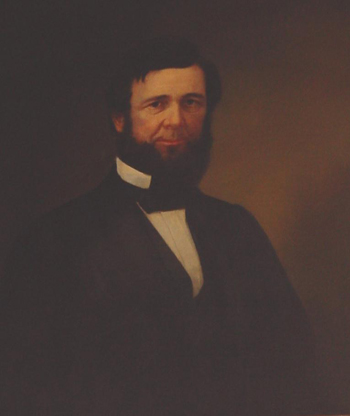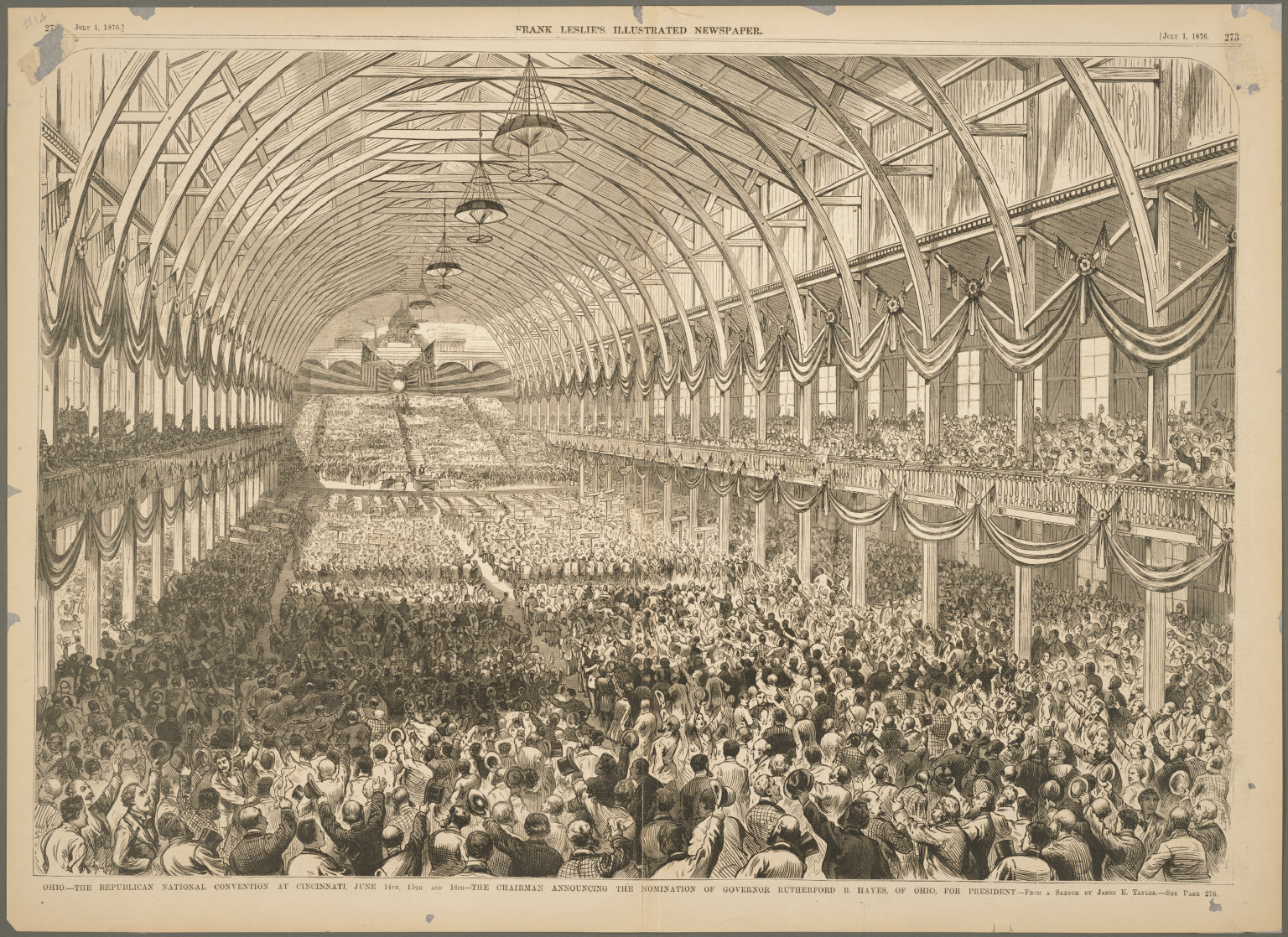|
Maureen O'Connor
Maureen O'Connor (born August 7, 1951) is an American lawyer and judge serving as the chief justice of the Ohio Supreme Court. She was elected to the court in 2002, becoming chief justice in 2010. Prior to this, O'Connor served as an associate justice of the Ohio Supreme Court and as the 61st lieutenant governor of Ohio, serving under Governor Bob Taft. She is a Republican. Education and experience O'Connor earned a bachelor's degree at Seton Hill University, Greensburg, Pennsylvania in 1973 and a Juris Doctor degree at Cleveland State University Cleveland-Marshall College of Law in 1980. In 1981, O'Connor began practicing law in Summit County, Ohio. In 1985, she was appointed a magistrate of the Summit County Probate Court. She was then elected as a judge of the Summit County Court of Common Pleas, serving on the bench from 1993 to 1995. In 1994, she was elected to the office of Summit County prosecutor and served in that office from 1995 to 1999. O'Connor received "The Cleve ... [...More Info...] [...Related Items...] OR: [Wikipedia] [Google] [Baidu] |
Chief Justice Of The Ohio Supreme Court
Bold indicates chief judge or chief justice. The Ohio Supreme Court was created by the Ohio Constitution of 1802 with three judges, and had three or four through 1851. In 1851, the number of judges was increased to five. In 1892, the number of judges was increased to six. In 1912, the office of chief justice was created and the total number of judges was increased to seven (including the chief justice). In 1968, all the supreme court judges were re-titled as justice. See also: * List of Ohio politicians * Ohio Supreme Court elections Chief justices Chief judges (1803–1845) Chief justices (since 1913) 1803 to 1851 1852 to 1892 All terms under the first Constitution terminated the second Monday in February, 1852, when the terms of judges elected Autumn, 1851 under the new Constitution commenced. 1893 to 1912 1913 to present Supreme Court Commission In 1875, the Constitution of Ohio was amended to provide for the Supreme Court Commission. The amendme ... [...More Info...] [...Related Items...] OR: [Wikipedia] [Google] [Baidu] |
Lieutenant Governor Of Ohio
The position of lieutenant governor of Ohio was established in 1852. The lieutenant governor becomes governor if the governor resigns, dies in office or is removed by impeachment. Before 1852, the president of the Ohio State Senate would serve as acting governor if a vacancy in the governorship occurred. Until 1978, lieutenant governors were elected separately but concurrently with the governor (not on a "ticket"). Thus, there were several occasions when the lieutenant governor was from a different party than the governor. This was changed by constitutional amendment. In 1974, Richard F. Celeste was the last lieutenant governor to be elected separately. In 1978, George Voinovich became the first lieutenant governor to be elected on the same ticket with the governor. From 1852 to 1979, the lieutenant governor also served as the president of the Ohio State Senate. More recently, Ohio governors have generally named the lieutenant governor to head an agency of state government. An ... [...More Info...] [...Related Items...] OR: [Wikipedia] [Google] [Baidu] |
List Of Female Lieutenant Governors In The United States
As of January 18, 2023, there are 22 women currently serving (excluding acting capacity) as lieutenant governors in the United States. Overall, 118 women have served (including acting capacity). Women have been elected lieutenant governor from 40 of the 50 states. The states that have the position of lieutenant governor and have not yet elected a woman are Georgia, Tennessee, Texas, Washington and West Virginia. The states that do not have the position of lieutenant governor are Arizona, Maine, New Hampshire, Oregon and Wyoming. The holders of the first in line to the governorship there, either the secretary of state or senate president, are listed here separately. 14 female lieutenant governors have become governors of their respective states and 6 female secretaries of state have become governors of their respective states. Rosemarie Myrdal is the oldest living former female Lieutenant Governor at the age of 93. __TOC__ History The first woman to become lieutenant governor ... [...More Info...] [...Related Items...] OR: [Wikipedia] [Google] [Baidu] |
List Of Cleveland–Marshall College Of Law Alumni
This a list of notable alumni of Cleveland State University College of Law in Cleveland, Ohio Ohio () is a state in the Midwestern region of the United States. Of the fifty U.S. states, it is the 34th-largest by area, and with a population of nearly 11.8 million, is the seventh-most populous and tenth-most densely populated. The sta .... This list includes graduates of Cleveland Law School and John Marshall School of Law, which merged in 1946 to form Cleveland–Marshall, which was renamed the CSU College of Law in 2022. List References External links *{{commons category-inline, Alumni of Cleveland-Marshall College of Law * Cleveland-Marshall College of Law alumni Cleveland–Marshall College of Law alumni Cleveland–Marshall College of Law alumni ... [...More Info...] [...Related Items...] OR: [Wikipedia] [Google] [Baidu] |
List Of Justices Of The Ohio Supreme Court
Bold indicates chief judge or chief justice. The Supreme Court of Ohio, Ohio Supreme Court was created by the Ohio Constitution of 1802 with three judges, and had three or four through 1851. In 1851, the number of judges was increased to five. In 1892, the number of judges was increased to six. In 1912, the office of chief justice was created and the total number of judges was increased to seven (including the chief justice). In 1968, all the supreme court judges were re-titled as justice. See also: * List of Ohio politicians * Ohio Supreme Court elections Chief justices Chief judges (1803–1845) Chief justices (since 1913) 1803 to 1851 1852 to 1892 All terms under the first Constitution terminated the second Monday in February, 1852, when the terms of judges elected Autumn, 1851 under the new Constitution commenced. 1893 to 1912 1913 to present Supreme Court Commission In 1875, the Constitution of Ohio was amended to provide for the Supreme Court C ... [...More Info...] [...Related Items...] OR: [Wikipedia] [Google] [Baidu] |
Ohio Republican Party
The Ohio Republican Party is the Ohio affiliate of the Republican Party. It was founded in Columbus, Ohio, in 1854. History After the Civil War, Ohio politics was dominated by the Republican Party, and Ohio Republicans also played key roles in the national party. As the national Republican Party changed from a party affiliated with Northern states into a staunchly conservative party, so did the Ohio Republican Party. Early years Early Ohio Republicans such as Salmon P. Chase staffed many important national offices. Chase coined the phrase "Free Soil, Free Labor, Free Men". Starting in the 1880s, Ohio's Mark Hanna was a significant power in the back rooms of the national Republican party. In the 1890s, Hanna led the conservative wing of the party against Theodore Roosevelt's progressive movement. In the 60 years from 1860 to 1920, Ohioans headed the Republican presidential ticket nine times, losing only twice. In 1912, Democrat Woodrow Wilson won with 40.96 percent of the ... [...More Info...] [...Related Items...] OR: [Wikipedia] [Google] [Baidu] |
Gerrymandering
In representative democracies, gerrymandering (, originally ) is the political manipulation of electoral district boundaries with the intent to create undue advantage for a party, group, or socioeconomic class within the constituency. The manipulation may involve "cracking" (diluting the voting power of the opposing party's supporters across many districts) or "packing" (concentrating the opposing party's voting power in one district to reduce their voting power in other districts). Gerrymandering can also be used to protect incumbents. Wayne Dawkins describes it as politicians picking their voters instead of voters picking their politicians. The term ''gerrymandering'' is named after American politician Elbridge Gerry, Vice President of the United States at the time of his death, who, as governor of Massachusetts in 1812, signed a bill that created a partisan district in the Boston area that was compared to the shape of a mythological salamander. The term has negative con ... [...More Info...] [...Related Items...] OR: [Wikipedia] [Google] [Baidu] |
Criminal Justice Reform In The United States
'' Criminal justice reform addresses structural issues in criminal justice systems such as racial profiling, police brutality, overcriminalization, mass incarceration, and recidivism. Reforms can take place at any point where the criminal justice system intervenes in citizens’ lives, including lawmaking, policing, sentencing and incarceration. Criminal justice reform can also address the collateral consequences of conviction, including disenfranchisement or lack of access to housing or employment, that may restrict the rights of individuals with criminal records. There are many organizations that advocate to reform the criminal justice system such as: ACLU, Penal Reform International, Sentencing Project, Brennan Center for Justice, Cut 50 and the Innocence Project. These organizations use legal disputes, impact litigation and advocacy as well as educational events to make the public aware of problems with the criminal justice system and push state and federal governments towar ... [...More Info...] [...Related Items...] OR: [Wikipedia] [Google] [Baidu] |
Thomas J
Clarence Thomas (born June 23, 1948) is an American jurist who serves as an associate justice of the Supreme Court of the United States. He was nominated by President George H. W. Bush to succeed Thurgood Marshall and has served since 1991. After Marshall, Thomas is the second African American to serve on the Court and its longest-serving member since Anthony Kennedy's retirement in 2018. Thomas was born in Pin Point, Georgia. After his father abandoned the family, he was raised by his grandfather in a poor Gullah community near Savannah. Growing up as a devout Catholic, Thomas originally intended to be a priest in the Catholic Church but was frustrated over the church's insufficient attempts to combat racism. He abandoned his aspiration of becoming a clergyman to attend the College of the Holy Cross and, later, Yale Law School, where he was influenced by a number of conservative authors, notably Thomas Sowell, who dramatically shifted his worldview from progressive to ... [...More Info...] [...Related Items...] OR: [Wikipedia] [Google] [Baidu] |
Ted Strickland
Theodore Strickland (born August 4, 1941) is an American politician who was the 68th governor of Ohio, serving from 2007 to 2011. A member of the Democratic Party, he previously served in the United States House of Representatives, representing (1993–1995, 1997–2007). In the 2006 gubernatorial election, Strickland was elected to succeed term-limited Republican incumbent Bob Taft, receiving 60% of the vote and defeating Ohio Secretary of State Ken Blackwell. He was narrowly defeated for re-election in the 2010 gubernatorial election by former U.S. Representative John Kasich. In April 2014, Strickland became president of the Center for American Progress Action Fund, a progressive public policy research and advocacy organization. Strickland left that position in February 2015, and on February 25, 2015, he announced his intention to run for the United States Senate against incumbent Rob Portman. Strickland lost by 20 points. , he is the last Democrat to serve as Governor of ... [...More Info...] [...Related Items...] OR: [Wikipedia] [Google] [Baidu] |
Timothy Black
Timothy Seymour Black (born August 30, 1953) is a senior United States district judge of the United States District Court for the Southern District of Ohio. Education Black earned an Artium Baccalaureus from Harvard College in 1975 and then earned a Juris Doctor in 1983 from the Salmon P. Chase College of Law at Northern Kentucky University."Obama nominates local lawyer for judgeship" '''', December 24, 2009. Career Black practiced law as a civil litigator for the |
Summit County, Ohio
Summit County is an urban county in the U.S. state of Ohio. As of the 2020 census, the population was 540,428, making it the fourth-most populous county in Ohio. Its county seat and largest city is Akron. The county was formed on March 3, 1840, from portions of Medina, Portage and Stark Counties. It was named Summit County because the highest elevation on the Ohio and Erie Canal is located in the county. Summit County is part of the Akron, OH Metropolitan Statistical Area, which is also included in the Cleveland-Akron-Canton, OH Combined Statistical Area. Geography According to the United States Census Bureau, the county has a total area of , of which is land and (1.7%) is water. The largest portion of Cuyahoga Valley National Park is located in the northern part of the county. The southern border of the former Connecticut Western Reserve passes through the southern part of the county, leading to jogs in the east and west borders of the county. Major highways * * * * ... [...More Info...] [...Related Items...] OR: [Wikipedia] [Google] [Baidu] |





